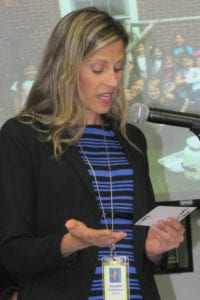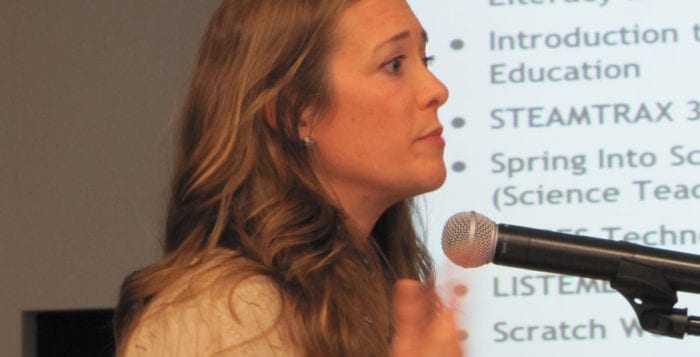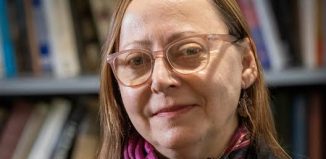Three Village STEM program primes elementary students for future
In what has become a tradition, the Three Village Board of Education celebrated the success of its three Science Olympiad teams at the regional, state and national competitions.
While some might point to the junior high and high school teams’ dominance as proof of the district’s commitment to science, technology, engineering and math (STEM) education, a presentation at the board’s recent meeting outlining the district’s inaugural year of the elementary STEM program could seal the deal.
The two junior high schools, P.J. Gelinas and R.C. Murphy, placed first and second, respectively, in the regional Science Olympiad competition. Gelinas went on to become New York State champions and finished 10th at the national competition. Ward Melville finished first in the Eastern Long Island regionals, second in New York State and is ranked 24th in the country. The Ward Melville team also won a first-place medal in Experimental Design and one for fifth place for Write It/Do It.
The recognition served as the ideal introduction to the evening’s report about the new STEM education program for students in kindergarten through sixth grade.

STEM at Three Village introduces elementary school children to computer science and gives them the opportunity to apply engineering and design challenges to real-world issues. Colleen Maier, STEM teacher at Nassakeag Elementary School, said that while units of study vary, all grades are exposed to coding through Code.org, a nonprofit organization that offers a free web-based curriculum.
Gretchen Tranchino, STEM teacher at W.S. Mount, said the first step for all grades is learning about algorithms — a list of steps to complete a task. While older students followed algorithms for making paper airplanes, younger children used them to plant seeds. Eventually, the process of writing algorithms was translated to writing code on computers, she said.
The focus varies by grade level after the initial introduction to coding, Maier said. For example, students in kindergarten through second grade focus on the “living environment,” learning about vertical growing towers, which don’t need soil and can grow year-round indoors.
While working on the projects, students learn about greenhouses, plant needs and also learn the differences between geoponics — growing plants in soil — and aeroponics — growing plants in the air, said Brianna Rovegno, who teaches STEM at Arrowhead Elementary School.
Second-graders designed the water sources for their towers and got inspiration from plants and animals, while also considering materials and time constraints, Rovegno said. Some harvests included lettuce, tomatoes, herbs and peppers.
Rovegno said that in order to reinforce early coding concepts, third- and fourth-grade students transition from writing code on paper to programming small robots, called Ozobots. This helps students develop logical reasoning and teaches them to embrace failure, Rovegno said, adding that writing code, working to debug a program and find errors within the code aid students in becoming more perseverant.
“They really had to stick with it,” Tranchino said. “We felt that this was a skill that was easily transferrable and really important in their educational journey.”
Though there were a variety of design challenges for fifth- and sixth-graders — they learned about computer-aided design with the application Tinkercad — all of the students had the opportunity to see their designs realized with a 3-D printer. With each lesson, said Sean Dowling, Minnesauke Elementary School’s STEM teacher, teachers presented the children with a real-world application.
Students designing shells for hermit crabs learned about the shortage of hermit crab shells in Bermuda and had to incorporate the measurements of actual hermit crabs in their design. Other students designed rectangular prism sculptures following mathematical guidelines that reinforced math concepts related to the volume of prisms. Meanwhile, another group of students designed organ transport containers that applied their knowledge of the transport of thermal energy in order to preserve ice.
Moving forward, the five STEM teachers who have been working and collaborating with the general education teachers, will continue to develop the curriculum. They will continue to review, revise and enhance the program over the summer.







